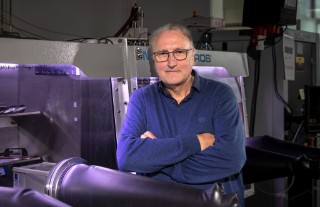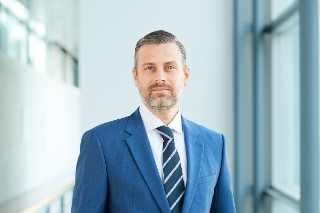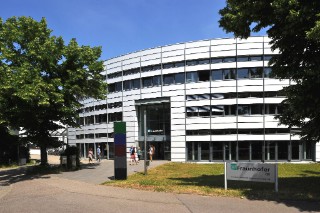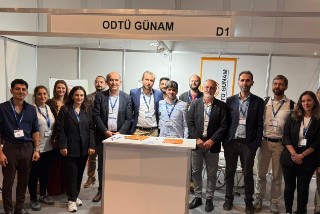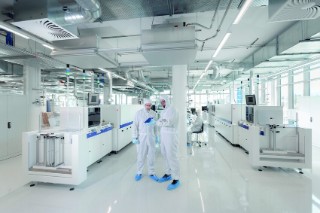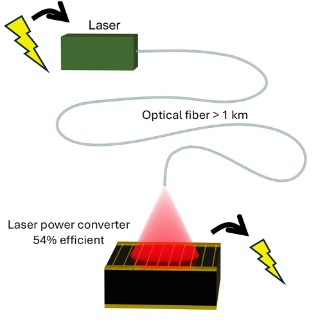News #31 / 2025
Callum Gannon Receives Gerda Ruf Award
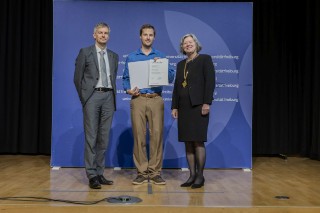
Callum Gannon received the Gerda Ruf Award 2025 for his outstanding master's thesis in the field of solar cell metallization. The juniorscientist conducted his research at the Faculty of Engineering at the University of Freiburg and at the Fraunhofer Institute for Solar Energy Systems ISE. Under the title “Development of a Laser Structured Electroplating Mask for III-V//Si Solar Cell Metallization,” Gannon investigated a novel approach to front-side metallization for highly efficient III-V solar cells. The Gerda Ruf Award is funded by the Fritz Hüttinger Foundation.
more info